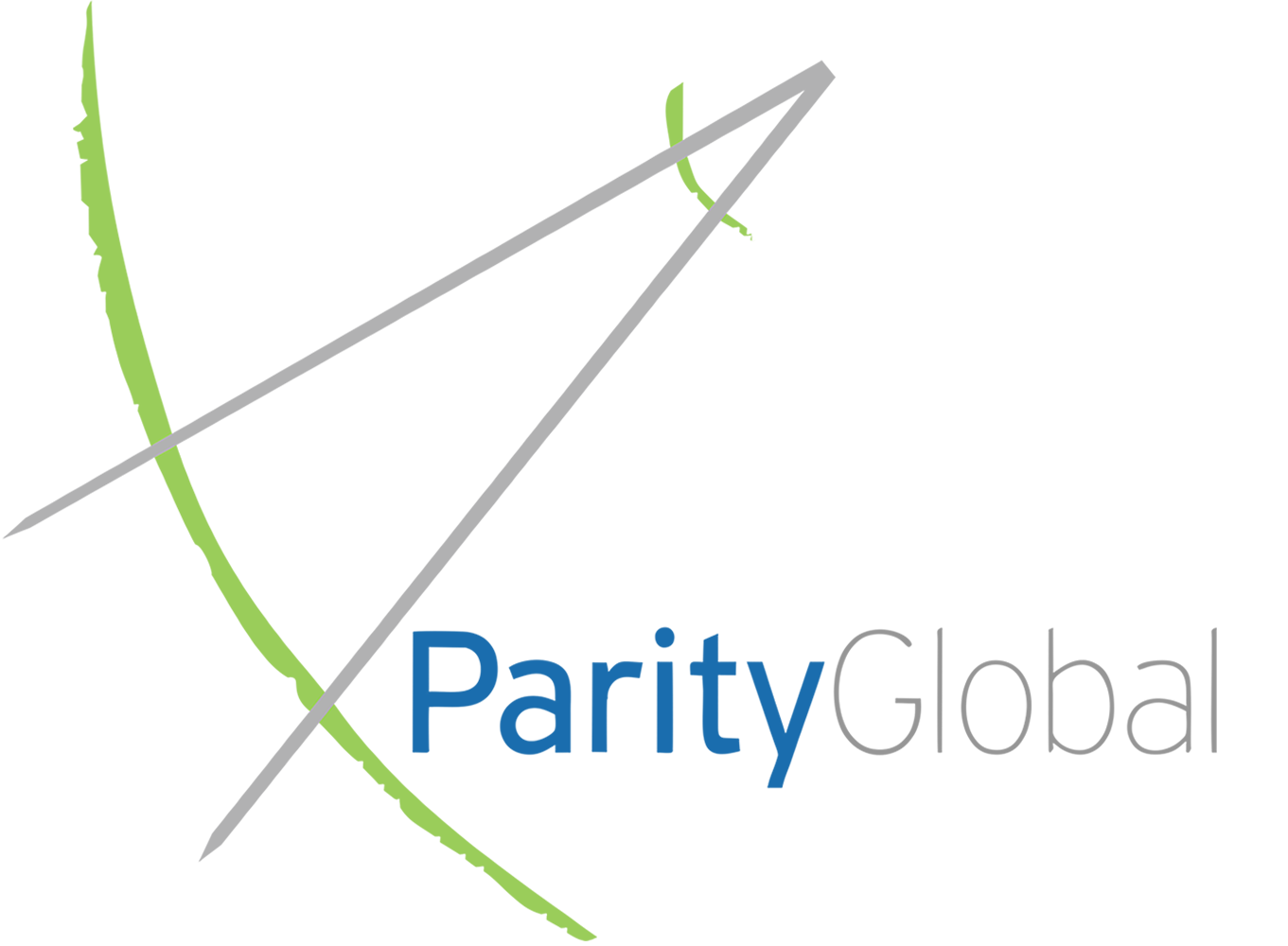Introduction
In satellite communications, phase noise in SATCOM systems can seriously degrade signal quality, affecting everything from link margin to demodulation performance. Ground station engineers must understand the root causes of phase noise, how it shows up in RF systems, and what tools to use for detection and resolution.
What Is Phase Noise in SATCOM?
Phase noise refers to the short-term, rapid variations in the phase of a signal. In a satellite system, this results in jitter, degraded signal clarity, and reduced link stability—especially in high‑order modulation schemes. Phase noise in SATCOM systems can originate at several points in the RF chain.
Common Sources of Phase Noise in SATCOM Systems
-
Local oscillators (LOs) with poor stability or aging components
-
10 MHz reference signal instability or phase jitter
-
Synthesizers with wide phase-locked loop (PLL) bandwidth
-
Downconverters with noisy internal LOs
-
Interference from power supplies, especially if unregulated
-
Temperature drift affecting oscillator performance
Troubleshooting Phase Noise in Satellite Antennas
With all the excellent modern test equipment available today from vendors like Keysight and Rohde & Schwarz, performing accurate and comprehensive phase noise measurements is easier than ever. Engineers can quickly isolate noise contributors and analyze their impact using spectrum analyzers with phase noise measurement modes or FieldFox-type handheld analyzers.
Here are some quick troubleshooting tips:
-
Check the 10 MHz reference first—replace it with a known clean source.
-
Compare against a low-noise lab-grade reference oscillator.
-
Use phase noise masks to evaluate compliance to system specs.
-
Check LO stability at multiple frequencies, especially if the synthesizer covers a wide range.
-
Look for environmental factors, such as temperature or vibration, near sensitive components.
Why Phase Noise Matters in SATCOM Ground Stations
Even small amounts of phase noise can lead to:
-
Reduced Eb/N0
-
Increased bit-error rate (BER)
-
Poor carrier tracking
-
Receiver desynchronization
-
Degraded G/T and system margin
Parity Global’s Approach to Phase Noise Testing
At Parity Global, we include phase noise testing as part of our comprehensive RF verification packages for earth stations, gateways, and teleports. Our field engineers assess oscillator stability, 10 MHz reference purity, and local downconverter noise during system-level diagnostics.
Whether you’re building a new uplink chain or troubleshooting a degraded signal path, Parity Global’s SATCOM field engineers help ensure your RF systems meet the strictest performance standards.
Conclusion
Phase noise in SATCOM systems is a silent performance killer—but it’s also highly diagnosable with the right knowledge and tools. By understanding where it comes from and how to isolate it, field engineers can eliminate costly link degradation and ensure peak system performance.

